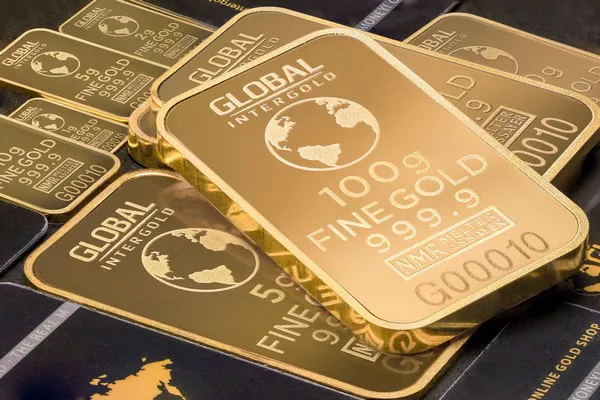In a nostalgic commemoration, the gold market recently observed a significant milestone. On May 7, 1999, the Bank of England (BoE) made waves by declaring its intent to offload half of its gold reserves. In a swift maneuver spanning two months, the BoE divested 395 tonnes of gold, amassing a sum of $3.5 billion, subsequently reinvested into bonds.
This bold move precipitated a historic plunge in gold prices to a nadir of $252.80 per ounce, forever etching this event in financial lore as the “Brown Bottom,” a nod to Gordon Brown, the Chancellor of the Exchequer at the time.
In retrospect, a quarter-century later, with gold surging beyond $2,400 per ounce, critics view the BoE’s decision as a grave misstep.
Yet, in the late ’90s, gold languished in the shadows, dismissed as an antiquated relic. The prevailing sentiment of the era, buoyed by the triumph of Western capitalism in the Cold War and robust global economic growth, rendered gold akin to a frivolous “pet rock.” Given the allure of inexpensive bonds, the BoE’s pivot appeared prudent.
However, the passage of time has seen gold reclaim its status as a cornerstone of the global monetary system.
While established market central banks remain tepid towards integrating gold into their reserves, emerging economies exhibit an insatiable appetite. Witnessing an unprecedented surge, central banks of emerging markets have accumulated over 2,000 tonnes of gold in the past two years, driven by imperatives to diversify sovereign debt holdings and mitigate exposure to the U.S. dollar.
China, in particular, commands the spotlight, with the People’s Bank of China steadily bolstering its gold reserves for 18 consecutive months.
Analysts and fund managers worldwide speculate that this surge in official sector demand could exert significant influence on the market for the foreseeable future, if not for the next quarter-century.
Yet, it’s not solely central banks partaking in this renaissance. Recent data from the World Gold Council reveals a notable development: the State Oil Fund of the Republic of Azerbaijan discreetly acquired 3 tonnes of gold in the first quarter of the year. While seemingly innocuous, this revelation bears profound implications for the gold market.
The burgeoning interest in gold as a monetary asset appears poised to persist, fueled by sovereign wealth funds discerning value in holding precious metals. Intriguingly, these funds operate under no obligation to disclose their gold holdings, necessitating heightened scrutiny of over-the-counter market dynamics.
Despite this surge in official sector demand, major fund managers and investors remain aloof. Gold-backed exchange-traded products continue to bleed outflows as investors fixate narrowly on opportunity costs, sidelining the broader value proposition of gold in the marketplace.
Reflecting on bygone narratives that relegated gold to obsolescence, where bonds purportedly safeguarded investor interests, the contemporary discourse pivots to a pressing question: as U.S. Treasuries grapple with escalating government debt, how much enduring value remains?
In the evolving landscape of financial markets, gold’s narrative transcends mere commodity status, emerging as a strategic asset commanding renewed attention and reverence.
Dailygoldprice provides you with live gold prices so that you can always understand the changes in the price of gold and better invest in gold.

